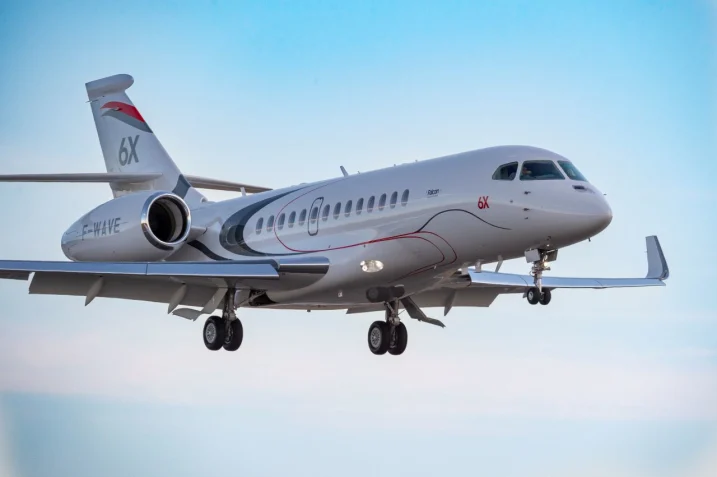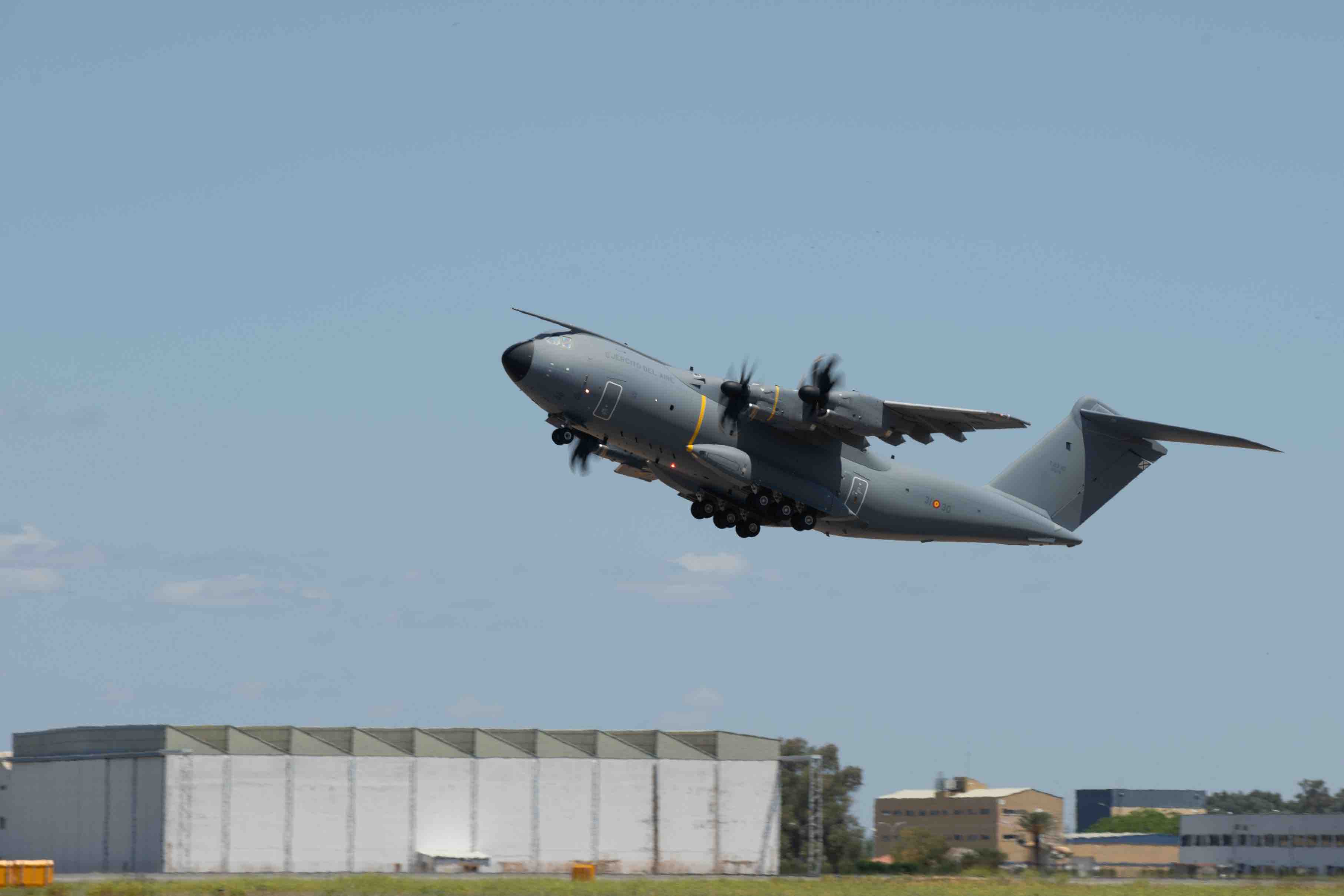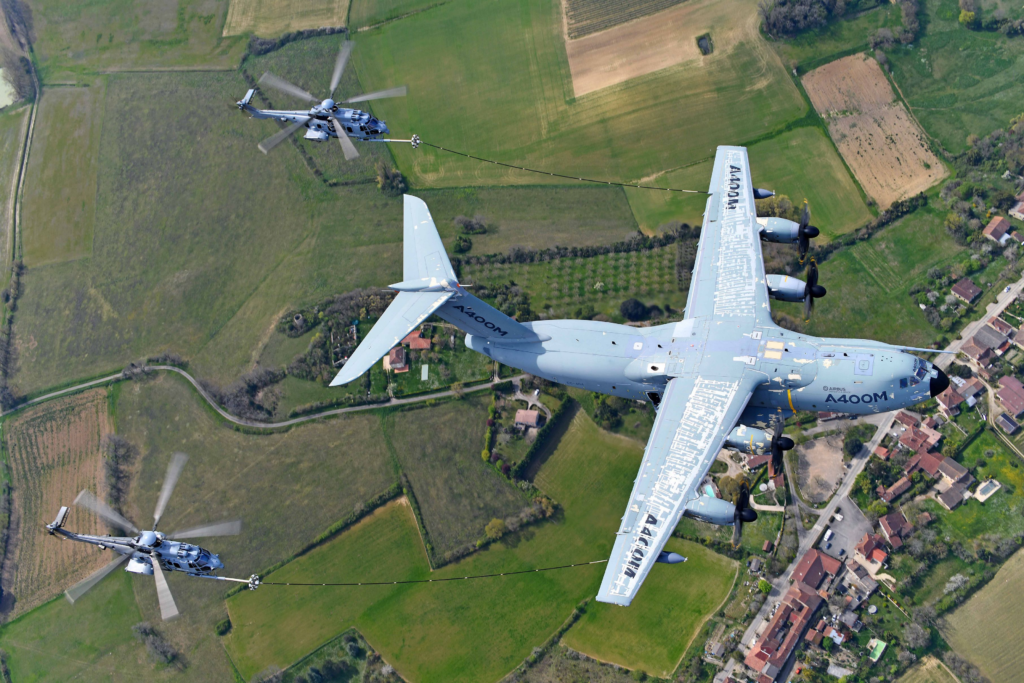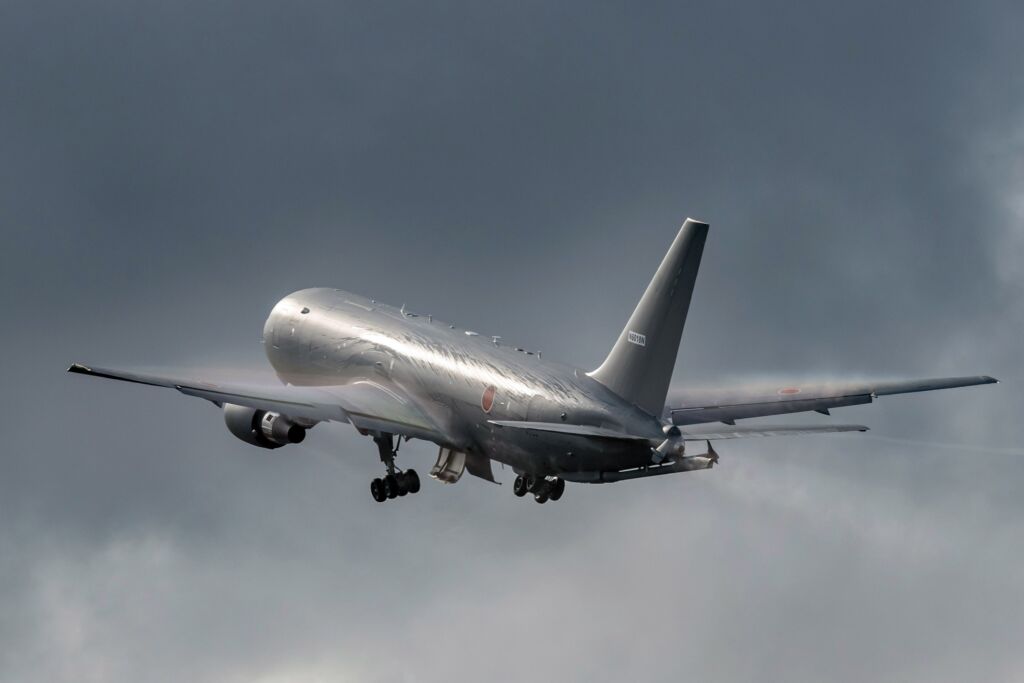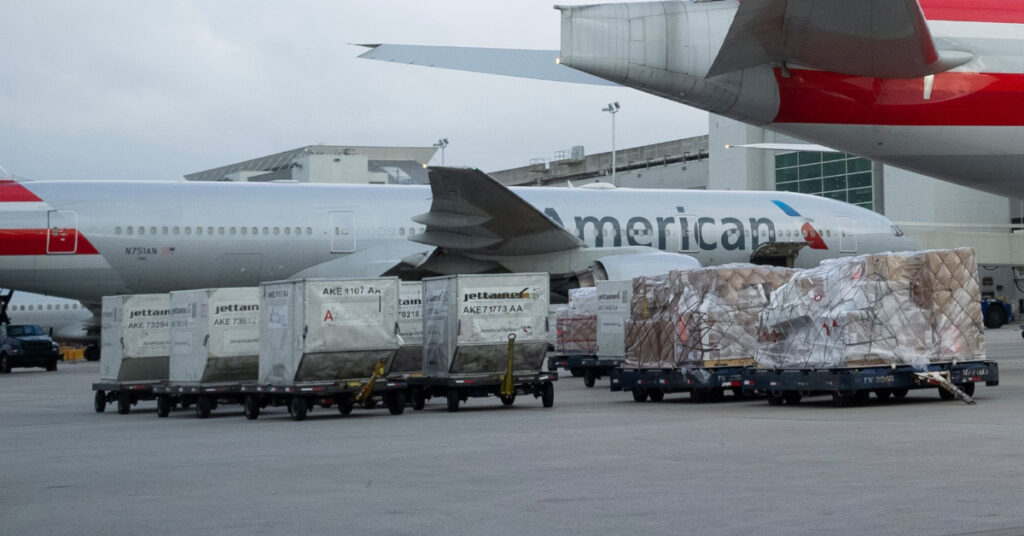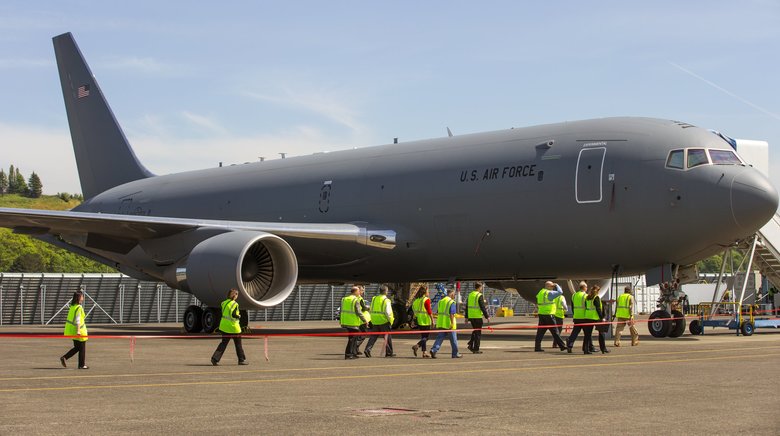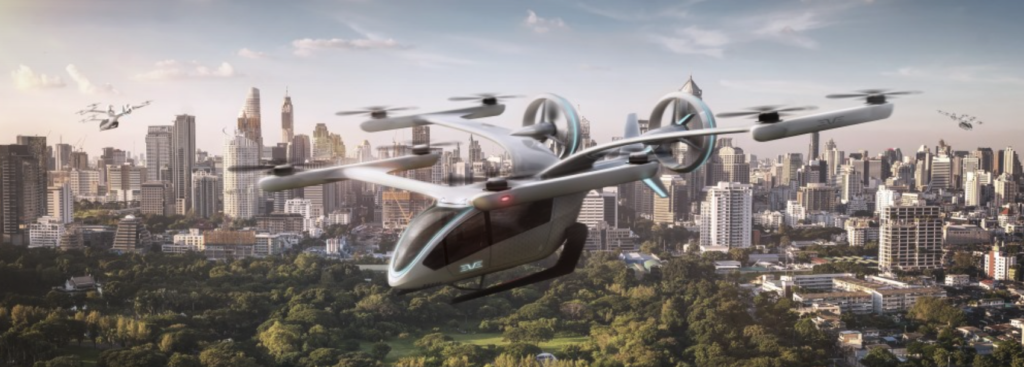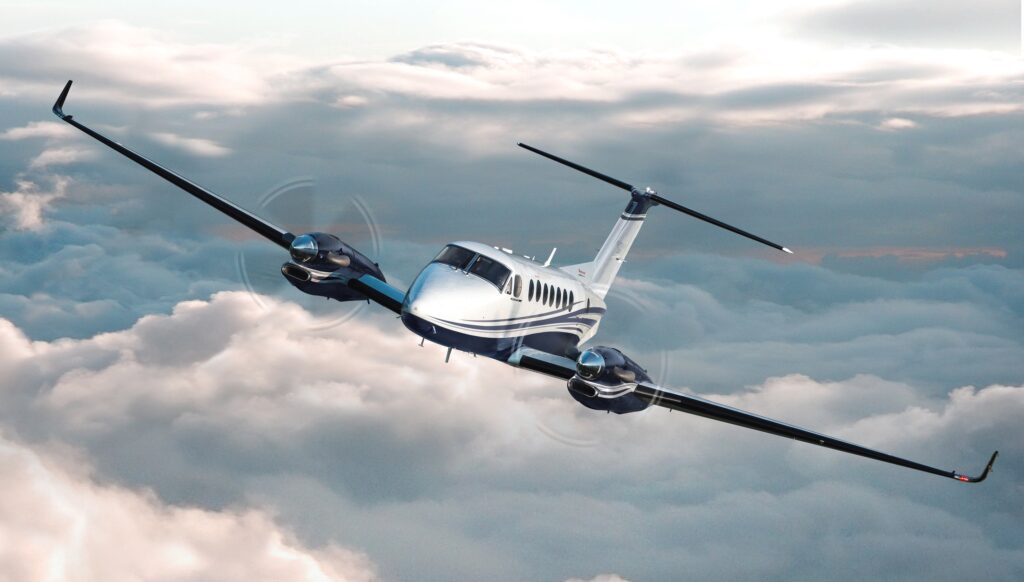Cessna Citation Longitude Achieves EASA Certification
Textron Aviation today announced its flagship Cessna Citation Longitude super-midsize business jet achieved certification from the European Aviation Safety Agency (EASA), clearing the way for customer deliveries to begin in the region. The Cessna Citation Longitude super-midsize business…

